What harm do bear larvae bring and how to deal with them?
Harvesting is dangerous not only an adult, but also a bear larva. One female that has settled in the garden will not cause much destruction in the first year, but the next season a young generation will hatch from her eggs, which requires a lot of food to develop. If you do not take measures in time, in a couple of years you will plant vegetables not for yourself, but for gluttonous insects, and the site will turn into a lifeless desert. Planting can be saved only by destroying the pest at all stages of its development.
Monster? Medvedka!
A person who first dug up a terrible creature about 8 cm long in a garden bed may be afraid that his site was occupied by mutants. Do not be afraid, this is not the result of genetic experiments, although the monster can cause damage to plantings no less than fantastic monsters. Nature has created a creature with ideal survival capabilities. The front paws of the bear are equipped with special growths with thorns, with their help she quickly digs passages in the fertile layer of soil and eats all the roots that come across on the way. To protect against frosty winters, the pest burrows into manure or compost heaps to a depth of 2 m.
In the warm season, the female arranges a nest near the surface of the earth so that the dwelling of her offspring is well warmed up by the sun. Medvedka digs a real bunker up to 10 cm in diameter and lays up to 500 eggs in it. After 3 weeks, larvae begin to hatch. At the first stage, their length is about 3 cm, but the body is already protected by a strong shell. In order to become an adult, the larva needs to go through 4 molts, which takes from 1 to 2 years. The growth and change of the chitinous cover requires a lot of nutrients, therefore, having just emerged from the egg, the pest begins to dig holes in search of seeds and rhizomes.
An adult bear cannot be confused with anyone, even if you have never seen her live or in pictures. The pest looks more like a cancer than an insect. His entire body is covered with strong chitinous plates. On the front part there are paws designed for digging passages, on the back there are antennae, which facilitate movement along narrow underground tunnels. On the back there are wings, with the help of which the parasite can fly over short distances. The larva differs from the adult only in size and in the absence of wings.
In the garden, the pest eats the roots of plants. Without nutrition, the tops of vegetable crops dries up, you will not wait for fruits from these bushes. In the garden, bears and their larvae gnaw even the roots of fruit trees and bushes. Young plants then start to hurt, sometimes die. When you start harvesting the roots, you will notice areas with huge ugly wounds on them. This is the result of the feast of a bear, such vegetables cannot be stored for a long time.
Control measures for bear larvae
It is not difficult to determine that bears have started up in the garden. Look for bumps on the site with no grass around them. A caring mother, having arranged a nest, destroys all the grass that does not let the sun's heat pass to her future offspring. Pay special attention to hotbeds and greenhouses, where the most comfortable conditions for life and development are created for the pest.
Advice
If you catch a pest, do not try to drown it or leave it in an open bucket. Bears jump, fly and swim beautifully. Place the insects in a plastic bag and throw them into the fire.
Even if you know exactly how to get rid of the bear larva and follow all the recommendations, you will not be able to quickly destroy the population. Tune in to a fight lasting several years. Particular attention should be paid to the battle with the larvae. If only adults are destroyed, the younger generation will continue to destroy crops underground, and after a couple of years they will lay eggs, and everything will go on a second round.
Try to avoid harmful chemicals first. When in the villages they did not know insecticides, they used against bears and larvae:
- scaring away;
- traps;
- agrotechnical techniques.
You will not destroy the tenacious insects and their larvae in one way - combine different methods. Scare and traps are more suitable for preventive measures and expelling adults. Agrotechnical methods will also help get rid of the younger generation, which is constantly underground. Digging to a depth of at least 15 cm in spring and autumn will destroy the insects' passages, allow you to find and eliminate their nests. Recently, a theory has spread among gardeners that the soil cannot be dug, it must only be loosened to a shallow depth. Perhaps the structure of the soil will improve with such processing, but you will create simply heavenly conditions for life for the bears, it will not be you, but insects, who will manage the garden.
The bear's survival is good, but she has no intelligence. You can outsmart the pest by digging deep holes and filling them with manure before freezing. Adult insects and larvae will climb there for the winter, fall asleep in a warm substance. As soon as the cold comes, you scatter the manure on the ground, and the pests will die from the frost.
Adults can be lured to the surface by stirring a few drops of vegetable oil in a glass of water. Pour the mixture into the hole you see and wait for the pest to appear on the surface. The method is not very effective, since no one can know if an insect is near this exit or at the other end of the garden. Catch and destroy the noticed parasites.
Another method is based on the fact that pests do not mind eating alcoholic beverages. Bury a glass jar in the ground so that the edges are at ground level, fill it with beer about a third and cover it with a board, leaving a gap of about 1.5 cm.The insects have an excellent sense of smell, they will run to smell, and in the morning you will only need to catch it out of the can and destroy the caught individuals.
Prevention of the appearance of a pest on the site
It is advisable to carry out preventive measures even when there are no grounds for alarm. If bears appear in the nearest areas, it is imperative to take protective measures, otherwise the breeding population will attack your garden too. The sense of smell in pests is very well developed, and there are smells that they absolutely do not like. When planting, put or pour odorous substances into the hole, they will benefit the plants, and scare away pests. Can be used:
- needles;
- infusion of onion peel;
- garlic;
- rotten fish.
All kinds of barriers and obstacles will not free the garden from pests. They can be used for plant protection in combination with drugs that kill both bears and larvae. Make bags out of thin plastic mesh or old nylon tights, fill them with soil and bury them in a garden bed so that the edge of the obstacle rises above the ground. Sow seeds or plant seedlings in bags.
A natural barrier against pests can be densely planted plants along the perimeter of the site and beds, the smell of which is unpleasant for insects. For better protection, sow them also between the rows of vegetable crops, this will make it difficult for the larvae to move. Bears will not go through thickets of chrysanthemums, coriander, marigolds.
Chemical and biological methods
It is impossible to destroy a strongly proliferated colony using folk and agrotechnical methods.Although it is undesirable to use chemicals on the site, you will have to use them until the pests have eaten all the plantings. If you follow all the instructions, do not violate the waiting time before harvesting, there will be no harm to people from toxic substances.
From the bear and their larvae help well:
- "Medvetox";
- "Prestige";
- "Aktara".
Biological methods can be used instead of chemical poisons. Fortunately, different infections affect insects and mammals. To infect the bear, drugs containing microorganisms that are safe for humans and pets are used.
A deadly epidemic among the bear population can be caused by:
- "Nemabakta";
- "Boverina".
When using both biological and chemical preparations, the safety measures specified in the instructions must be observed. Although fungi and bacteria do not cause diseases in humans, it is not recommended to take funds with bare hands and breathe their vapors. Remove all preparations out of the reach of children and pets, use rubber gloves and other protective equipment specified in the annotation when working.
Advice
Do not use the same products for a long time. The surviving insects develop immunity to a certain type of insecticide, and they stop responding to the poison.
Alternate different preparations, supplement them with agrotechnical methods, only in this way can you defeat the bear. Not only does the adult insect adapt to the means with which you are trying to fight it, the larva also very quickly adapts to various poisons.
Bears and their larvae spoiled vegetable gardens at all times. Previously, the peasants did not know either fertilizers or chemical insecticides, but they knew how to protect the harvest. With good persistence and properly carried out preventive measures, all pests on the site can be destroyed in several years. Do not forget to make a barrier around the perimeter of herbs, the smell of which the parasite does not tolerate. With this approach, the garden will not be spoiled by poisonous compounds, and the bear will not settle with you.
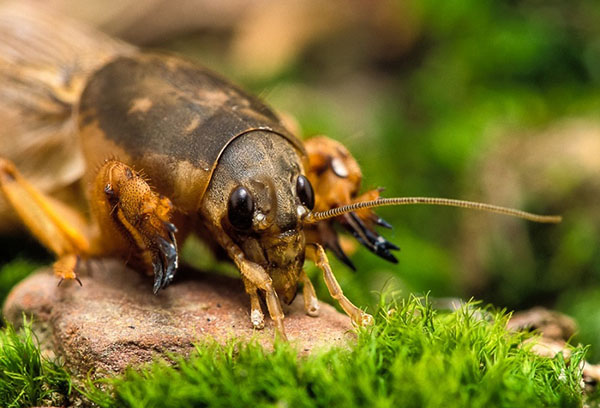

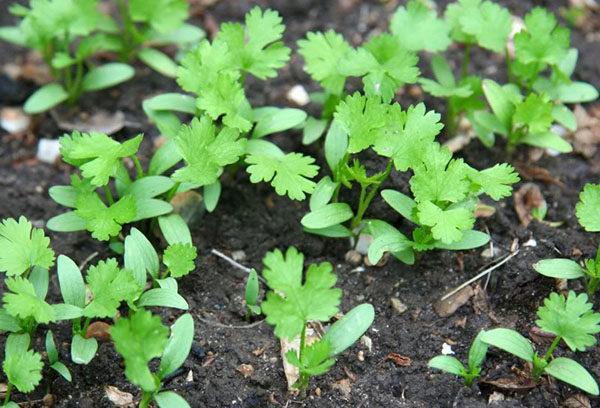
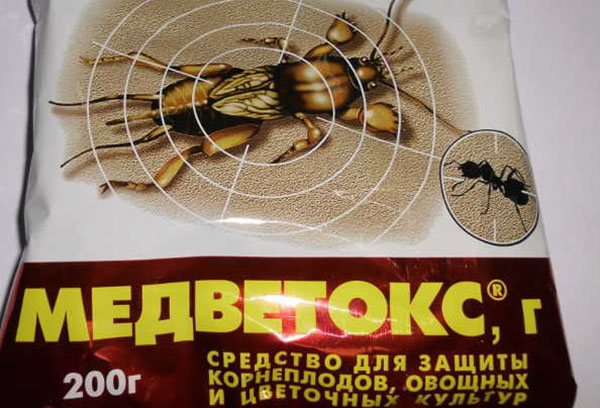


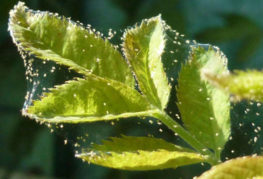
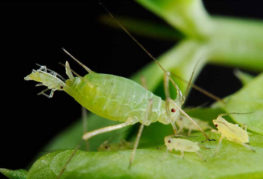
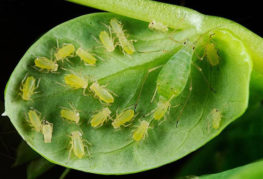
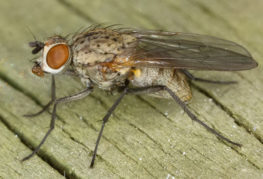
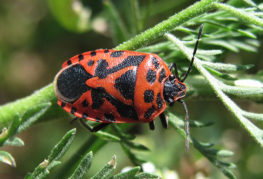
and will be published shortly.